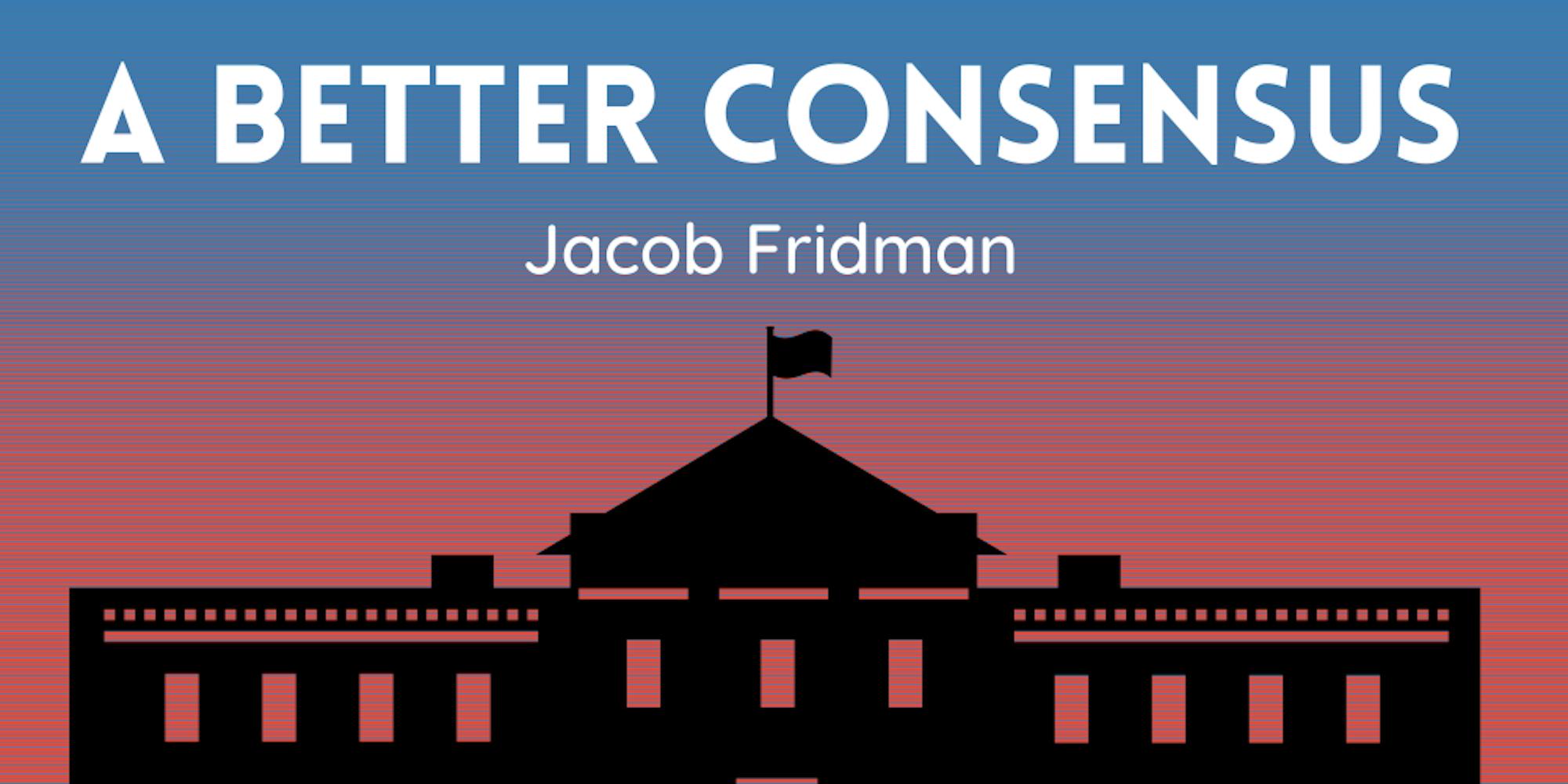There’s a growing consensus in the Democratic Party to eliminate the Senate filibuster. Even President Biden is now open to at least reforming it.
The filibuster is when the minority party in the Senate prolongs debate on a bill, resolution or nomination and runs out the clock, as the majority party usually cannot get the 60 votes needed to end debate and go to a final vote. The last time either party got close to 60 Senate seats was when the Democrats had 57 between 2009 and 2011, with an additional two independents who caucused with the party.
Since the late 1950s, and especially in the time since the 1970s, the use of the filibuster has exploded largely because of political polarization that has driven both parties to play hardball. This includes Democratic Senator Strom Thurmond talking for 24 hours straight to stop the Civil Rights Act of 1957 and Senate Republicans filibustering several of President Obama’s federal court nominees. In 2013, then-Democratic Majority Leader Harry Reid nuked the 60-vote rule for federal judges, excluding Supreme Court nominees.
After Reid took steps toward eliminating the filibuster, then-Republican Senate Minority Leader Mitch McConnell called it a “power grab.” However, just a few years later, McConnell himself dropped the 60-vote requirement for Supreme Court nominees, allowing the Senate to confirm President Trump’s three contentious Supreme Court justices on slim majorities, despite his fairly recent opposition to the so-called “nuclear option.”
The reason the filibuster has become so contentious and why even Biden is considering drastic action after a recent filibuster blocked voting rights legislation is because of one simple change to the rules. In 1975, the Senate changed the number of votes needed to overcome a filibuster from two-thirds of all senators that are physically present in the chamber, to three-fifths of all senators in office.
As American Enterprise Institute emeritus scholar and noted McConnell-criticNorman Ornstein has pointed out, this rule has given an unfair advantage to the minority party. The majority party, who is trying to govern, has to gather all of its party and then some to stop the minority party, while the obstructionists would not even have to show up to debate.
A possible solution, according to Ornstein and former Democratic Minnesota Senator Al Franken, is to shift the burden of sustaining the filibusters to the minority party. If the minority wants to prolong debate and stymie the majority’s agenda, then they have to do the work of showing up. As Ornstein and Franken wrote in theStar Tribune, “instead of requiring 60 votes to end debate, require 41 to continue debate.”
This change would force 41 of 50 Republicans to be in the chamber. Democrats would not have to gather pity votes from senators like Republican Lisa Murkowski to move on crucial legislation. When Republicans eventually reign again in the Senate, Democrats will have to work to block votes on their legislation.
This is how the Senate worked pre-1975, when the minority had a greater say than in the simple majority-led House of Representatives. Still, Senators had to use it wisely because of the manpower needed to block a final vote. Hence, why some call this proposal “filibuster restoration.”






